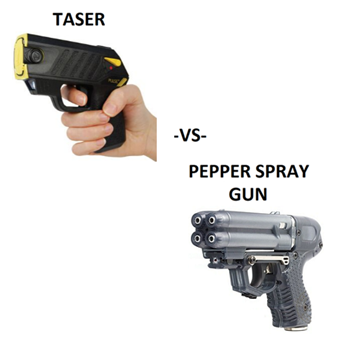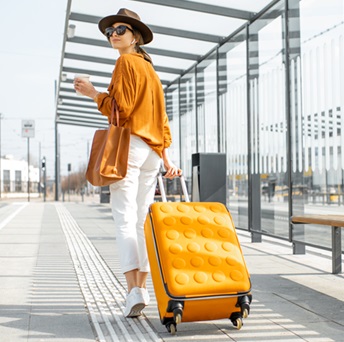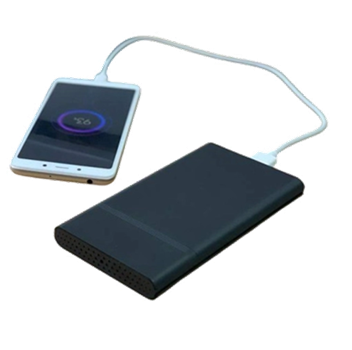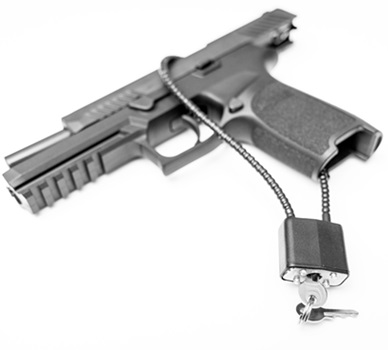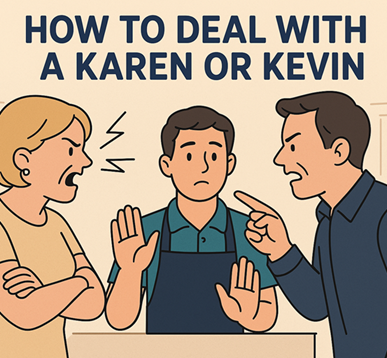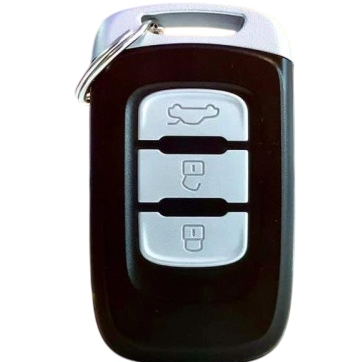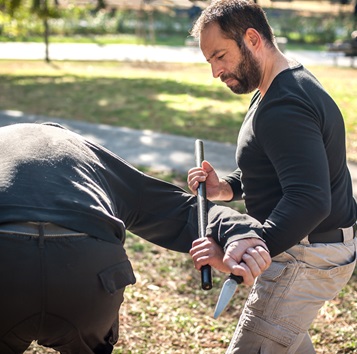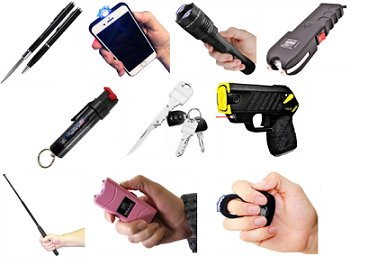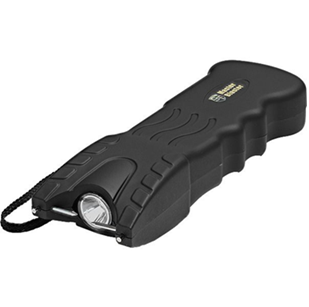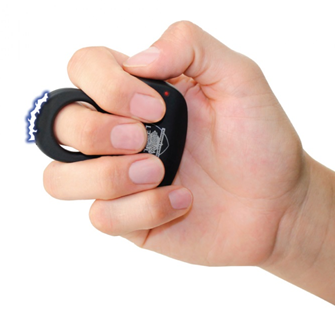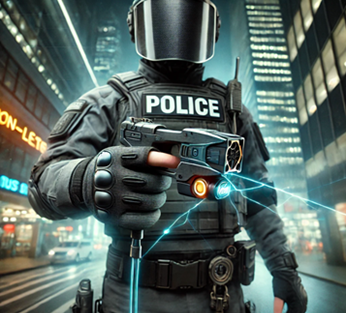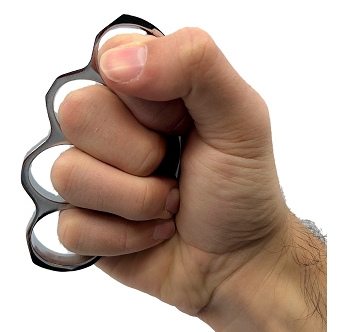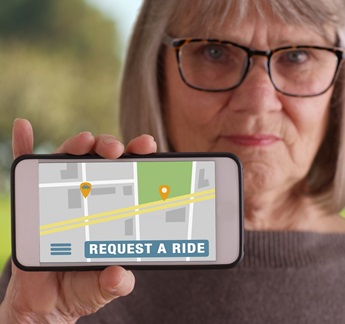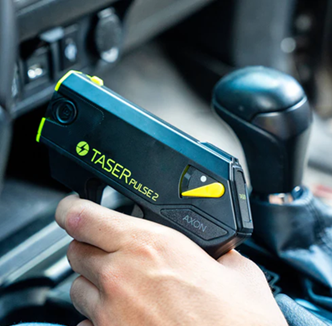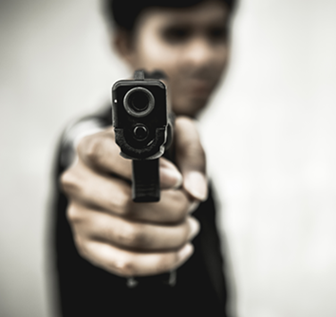Self-Defense for Seniors: Safety Tips and Strategies
 As we age, our physical abilities and stamina naturally change, making it important for seniors to think about their safety and security. Seniors are often more vulnerable to various types of crimes, including theft, assault, and fraud. However, by taking the right precautions and learning self-defense strategies, older adults can significantly improve their ability to protect themselves and feel more confident in their daily lives.
As we age, our physical abilities and stamina naturally change, making it important for seniors to think about their safety and security. Seniors are often more vulnerable to various types of crimes, including theft, assault, and fraud. However, by taking the right precautions and learning self-defense strategies, older adults can significantly improve their ability to protect themselves and feel more confident in their daily lives.
In this blog post, we’ll explore practical self-defense tips and strategies specifically designed for seniors, with a focus on staying safe both at home and while out in the community. These tips aim to empower seniors to take control of their safety while being mindful of their health and mobility.
1. Understanding Vulnerabilities
Before diving into self-defense strategies, it's important to understand the common vulnerabilities that seniors face. Seniors may experience:
- Decreased mobility: Aging can lead to conditions like arthritis, which can limit the ability to move quickly or react in an emergency.
- Slower reaction times: As people age, their reflexes tend to slow down, which can make it harder to defend against an attack.
- Increased isolation: Many seniors live alone, making them more vulnerable to crimes like burglary or assault.
- Health issues: Chronic health conditions, such as heart disease or diabetes, can make it difficult for seniors to defend themselves physically.
Recognizing these vulnerabilities is the first step in finding ways to mitigate risks and prepare for self-defense.
2. Basic Safety Tips for Seniors
The best way to stay safe is to prevent dangerous situations from arising in the first place. Here are some basic safety tips that seniors can follow:
a. Home Security
- Install good lighting: Make sure all entry points to your home, such as doors and windows, are well-lit at night. Motion sensor lights are an excellent choice for both convenience and security.
- Lock doors and windows: Always lock your doors and windows, even when you’re at home. Use deadbolts and consider installing security bars on windows.
- Security system: If feasible, consider installing a home security system with cameras, alarms, and monitoring services. Many systems offer senior-friendly features like emergency buttons.
- Avoid revealing plans: Be cautious about revealing personal information, such as when you’ll be home or away, to strangers or even acquaintances.
b. Personal Safety When Out and About
- Stay alert: Avoid distractions like texting or listening to music with headphones when walking in public. Stay aware of your surroundings, especially in unfamiliar or isolated areas.
- Walk in well-lit areas: Stick to busy, well-lit streets and avoid shortcuts through alleys or poorly lit areas.
- Carry a phone: Always have a charged cell phone with you when leaving home. Consider carrying it in a pocket or on a belt clip for easy access in case of an emergency.
- Keep a whistle or personal alarm: A loud whistle or personal alarm can draw attention and deter potential attackers. These devices are small, lightweight, and easy to carry.
- Trust your instincts: If something feels off or you sense danger, trust your gut and leave the area immediately. It’s always better to be cautious.
3. Self-Defense Techniques for Seniors
While seniors may not be able to physically overpower attackers, there are self-defense techniques that focus on using one’s environment, mental awareness, and strategic movements to defend against threats.
a. Verbal Self-Defense
In many situations, the first line of defense is not physical at all. Verbal self-defense involves using your words and tone to assert boundaries and deter potential threats. Some key tips include:
- Be confident: Speak with a clear, firm voice. Let the person know you are not afraid and are aware of what they are doing.
- Use assertive language: For example, saying “I don’t appreciate that” or “Please leave me alone” can often stop an uncomfortable situation before it escalates.
- Shout for help: If you’re in a situation where you feel threatened, don’t hesitate to shout loudly for help. Most attackers will be deterred by the sound of someone yelling for assistance.
b. Using the Environment to Your Advantage
Seniors should always be aware of their surroundings, especially in unfamiliar or potentially dangerous environments. Some strategies include:
- Positioning yourself strategically: If you’re walking in a public space, position yourself near walls, parked cars, or buildings that can act as barriers between you and potential threats.
- Use objects as shields: If someone attacks you, look for objects that can serve as shields or weapons, such as an umbrella, cane, or handbag. These can be used to create distance or strike an attacker.
c. Basic Physical Self-Defense Moves
While seniors may not have the strength to overpower an attacker, there are simple self-defense techniques that focus on targeting vulnerable areas of the body. These moves can be effective in creating an opportunity to escape or signal for help.
- Palm strike: Use the palm of your hand to strike an attacker in sensitive areas like the nose or chin. This technique is easier on the wrist and can be surprisingly effective.
- Knee to the groin: A quick knee to the groin can disable an attacker temporarily, giving you time to flee.
- Elbow strike: The elbow is one of the strongest parts of the body. Use it to strike the attacker in the face or torso.
- Use your cane or walker: If you use a cane or walker, these can be used as a tool for defense. A quick jab with the cane can create distance between you and the attacker.
d. Escape and Evasion
Sometimes, the best defense is to avoid physical confrontation altogether. Seniors should practice strategies for escaping dangerous situations, such as:
- Run or walk briskly: If possible, try to move quickly away from the threat. If you’re not able to run, walk with purpose and confidence to a safe location.
- Know safe places: Familiarize yourself with places you can go for safety, such as a nearby store, public building, or friend’s house.
4. Self-Defense Tools for Seniors
In addition to physical techniques, there are various self-defense tools that seniors can use to protect themselves. Here are a few options:
a. Pepper Spray
Pepper spray is a non-lethal self-defense tool that can disable an attacker by causing temporary blindness, difficulty breathing, and intense pain. It’s easy to carry and use, and many pepper spray products come with a keychain attachment for easy access.
b. Personal Alarms
Personal alarms are small devices that emit a loud, attention-grabbing sound when activated. They are effective in drawing attention to a dangerous situation and scaring off potential attackers. Many models are designed to be easily carried in a purse or pocket.
c. Stun Guns and Tasers
A stun gun or taser can incapacitate an attacker by delivering a high-voltage shock. These devices are effective in temporarily disabling an attacker, giving you time to escape. They are legal in many areas, but it’s important to check local laws before purchasing one.
d. Smartphone Safety Apps
There are numerous smartphone apps designed to enhance personal safety. Some apps allow you to send an emergency alert to friends or family with your location, while others offer features like real-time tracking and direct contact with emergency services.
5. Physical Fitness and Self-Defense Training
While self-defense techniques are essential, physical fitness plays a crucial role in maintaining overall safety. By staying active, seniors can improve their strength, balance, and flexibility, which can help them avoid falls and respond more effectively in dangerous situations.
a. Strength Training
Building muscle strength can make a significant difference in your ability to defend yourself. Consider incorporating light weights or resistance bands into your fitness routine to strengthen your arms, legs, and core.
b. Balance Exercises
Balance exercises are especially important for seniors, as they help prevent falls and improve stability. Activities like yoga, tai chi, and balance-focused exercises can enhance your ability to move quickly and maintain your footing in unexpected situations.
c. Self-Defense Classes
Many community centers, gyms, and senior organizations offer self-defense classes specifically tailored for older adults. These classes can teach you practical techniques for defending yourself and help build confidence in your ability to protect yourself.
6. The Importance of Social Connections
One of the most important aspects of senior safety is staying connected with others. Isolation can increase vulnerability, so seniors should prioritize building and maintaining social relationships. This can include:
- Regular check-ins: Keep in touch with family members, friends, or neighbors. Regular communication ensures that someone is aware of your whereabouts and well-being.
- Joining community groups: Participate in social activities, such as book clubs, exercise classes, or volunteer opportunities. Not only does this improve your mental and emotional health, but it also helps you build a support network.
Conclusion
Self-defense for seniors is about more than just physical strength; it’s about awareness, preparation, and confidence. By taking proactive steps to secure your home, stay alert in public, learn self-defense techniques, and maintain physical fitness, you can significantly improve your safety and well-being. Remember, self-defense is a mindset, and with the right tools and strategies, seniors can protect themselves and continue to live independently and confidently.
Company Info
Customer Service
Product Information
- TASER® and Stun Devices Regulations by State
- TASER® Safe Escape Product Replacement Guarantee
- TASER® Comparison Chart
- TASER® User Manuals
- TASER® Warranty Info
- Byrna Product Catalog
- PepperBall Manuals & Spec Sheets
- Pepper Spray Laws
- Air Gun Laws
- States that Restrict Automatic and Butterfly Knives
- Our Print Catalog



























